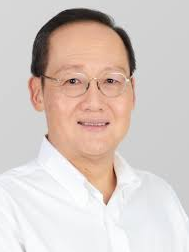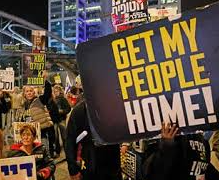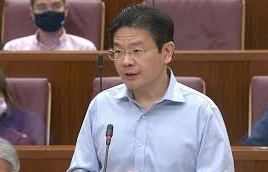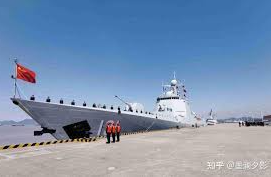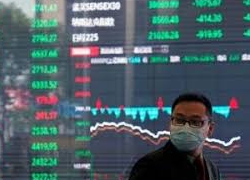Over 20 proposals have been received under the Energy Market Authority’s request, as Singapore aims to import up to 4GW of low-carbon electricity by 2035.
SINGAPORE: Singapore is poised to grant its first conditional approval for proposals to import low-carbon electricity in the near future, announced Second Minister for Trade and Industry Tan See Leng on Tuesday (Feb 28).
Under the Energy Market Authority’s (EMA) requests for proposals issued in 2021 and 2022, more than 20 proposals have been submitted. These are part of Singapore’s ambitious plan to import up to 4 gigawatts of low-carbon electricity by 2035.
Speaking at the Committee of Supply debate in Parliament, Dr. Tan mentioned that several companies had submitted their final proposals for large-scale electricity imports from various countries in the last two weeks. “Projects that receive support from the source countries and meet our requirements will receive EMA’s conditional approval,” he said, adding that the first approvals are expected soon.
To prepare for large-scale imports, EMA has been running small-scale trials. These include the Lao PDR-Thailand-Malaysia-Singapore Power Integration Project, which began in June of last year, and a joint agreement between YTL PowerSeraya and TNB Genco to export 100 megawatts of electricity from Malaysia to Singapore.
Dr. Tan also highlighted Singapore’s National Hydrogen Strategy, which aims to develop hydrogen as a major decarbonization pathway for the power and industry sectors, supporting the country’s commitment to achieving net-zero emissions by 2050. Hydrogen imports could help enhance Singapore’s energy security and serve as an alternative to fossil fuels in sectors like maritime and aviation.
Additionally, EMA and the Maritime and Port Authority of Singapore have launched an expression of interest for ammonia use in power generation and maritime bunkering, which has garnered strong interest from industry players and international partners.
On top of hydrogen, the government is keen to tap more clean energy from solar power. Singapore has deployed around 800 megawatt-peak of solar power as of last year, with plans to increase this to at least 2 gigawatt-peak by 2030. To help balance intermittent solar power, the government is exploring the use of solar storage systems. Recently, a 285-megawatt hour energy storage system was launched on Jurong Island, capable of powering about 24,000 households for one day with a single discharge.
Authorities are also examining other low-carbon energy sources, such as nuclear and geothermal, to diversify Singapore’s energy mix.
In light of the global energy market’s volatility due to geopolitical factors and climate actions, Dr. Tan discussed plans to strengthen the local energy market. These include competitive tenders for new generation capacity and permanent institutionalization of standby fuel facilities established during the recent energy crisis in 2021.
EMA is also exploring ways to enhance gas procurement methods, including central aggregation for more secure and longer-term contracts. Additionally, the authority is proposing enhanced regulatory measures for electricity retailers to improve consumer protection and resilience against market volatility. EMA recently released a consultation paper on these proposals and will announce the final changes later this year.
